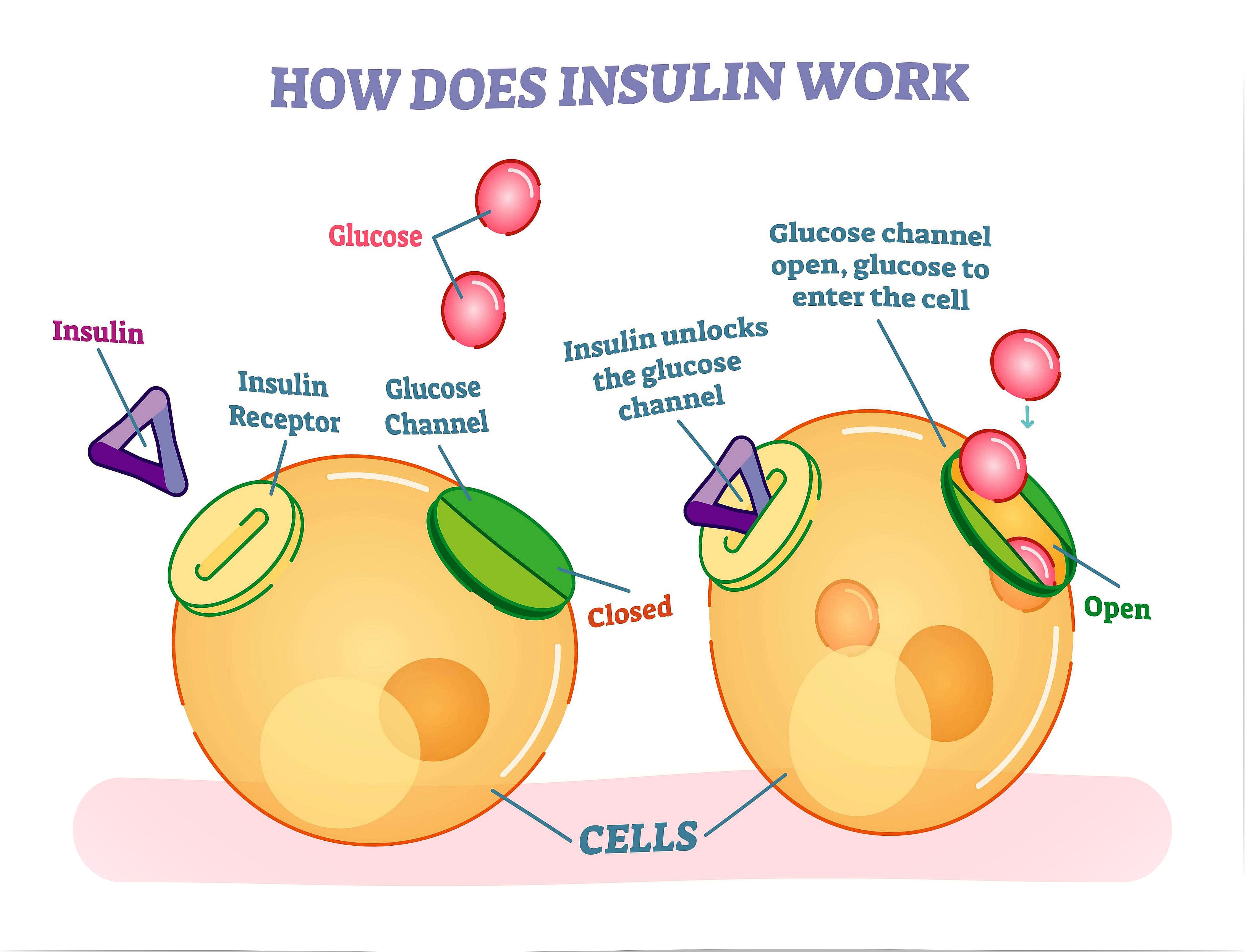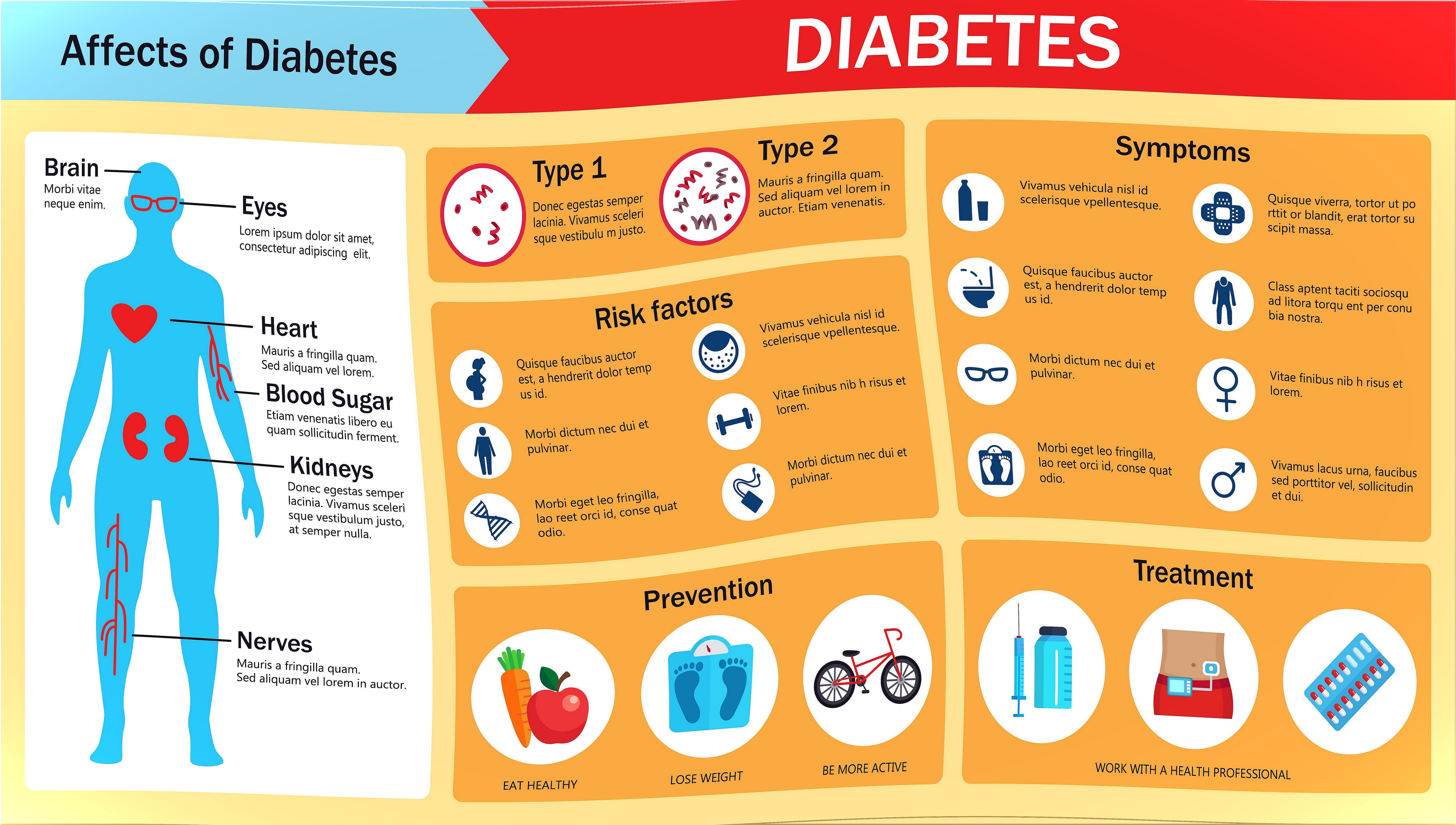How To Explain Diabetes To A Child

Finding the simplest and least traumatic way to explain diabetes to a child is anything but easy, so any advice is welcome. Clinical psychologist Laura Fuster recommends approaching the issue as naturally as possible and following a series of steps to achieve it.
Diabetes is a chronic disease of unknown causes characterized by increased blood glucose due to lack of secretion of the hormone insulin. Among the various types that exist, type I diabetes is the one with the highest incidence among children.
Tips for explaining diabetes to a child
Having a plan before broaching the subject with our child can make the difference between the conversation going smoothly or we get into a swamp and get too complicated. So we hope these tips are helpful to you:
- Use simple, clear language that they can understand. To do this, try to adapt it to their age. It is very important that you use examples to illustrate your explanation.
- Reward the progress and achievements you make in controlling your disease. This will help you take responsibility, little by little, for your own care.
- He works day by day and continuously, so he can see the autonomy he is acquiring and he will feel that you trust his abilities to achieve it.
- Help him explain it to his colleagues in the most natural way possible to normalize the situation. Informing your teacher before you take this step may be a good idea so that you will find positive reinforcement in the classroom.
We are aware that saying things is easier than doing them, so let’s see if with this free version of what diabetes is explained for children we are able to help you, even a little, in these difficult times.

Childhood diabetes: explanation for children
Following the advice of Dr. Fuster, we have looked for an analogy to explain diabetes to a child in a close and fun language. So, we suggest that you imagine that your body is a car and the engine is the different organs that compose it.
Diabetes is a disease that affects how our body uses its main fuel, sugar (glucose). When we refuel, or eat, the part of our engine called the intestine is responsible for processing food in such a way that the glucose in it reaches our blood.
Now is when the failure of our engine arrives. At this point, it is up to the gland called the pancreas to release a hormone, insulin, so that glucose enters the interior of our cells and starts up. However, in people with type I diabetes this does not happen.
What is type I diabetes?
The key to the fuel tank of our cells we have said is insulin. But in type I diabetes, the pancreas (that long, flat gland) either makes a key in the shape of another lock, or it just forgets to make it.
Consequently, the sugar does not enter the cells, which reduces their performance. On the contrary, glucose accumulates in the blood and, if its concentration becomes too high, the consequences can be fatal.
A tool called a glucometer is used to check the level of glucose in the blood (blood glucose). This will indicate the blood glucose level in case we must correct it. We must not lose sight of the fact that a high amount of fuel in the blood, over long periods of time, can cause :
- Vision, digestive and kidney problems.
- Ulcers on feet and skin.
- Difficulties controlling blood pressure and cholesterol.
- Depression.
- Irregular periods.

Therefore, it is very important that children are aware of their disease and learn to control it naturally by putting into practice basic measures such as: eating a healthy and balanced diet, playing sports and, if necessary, a supply of exogenous insulin.
Recommendations after explaining diabetes to a child
The KidsHealth association recommends that, if we detect the following symptoms, we go to the health service to carry out the appropriate tests in pediatric endocrinology:
- Urinate and drink a lot.
- You have lost weight for no apparent reason.
- He is very tired and does not want to play.
As parents, we must be aware that how we face the situation will depend on our child’s response. Therefore, we have to trust in their abilities to take responsibility for their new situation since, as it is a chronic disease, it is up to us to learn to be an autonomous and happy individual.










